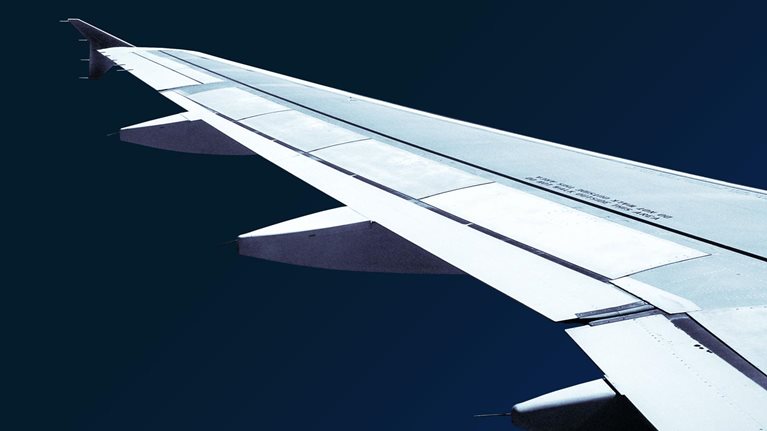In the United States, airline capacity drops are seven to 17 times larger than those during the global financial crisis of 2008. Managing the reopening and recovery will also be a significant challenge given the uncertainty that surrounds travel regulations and traveler sentiment. The traditional booking funnel, in which travelers move from interest to travel purchase, no longer follows its previous pattern and pace. As such, airlines will need to update their capacity choices and meet recovering travel demand—and with much shorter timelines than before.
To help formulate a response to these challenges, IATA and McKinsey partnered to develop Air Travel Pulse, a dashboard that provides the travel industry with a current and comprehensive view of travel demand and indications of recovery.1 Air Travel Pulse brings together and summarizes the traditional leading travel-demand indicators (such as air-travel search and ticketing data, flight schedules, and cancellations) with other public data sources (such as travel restrictions, online search behavior, and other traveler activity). The goal is to allow airlines and other travel-sector participants to better gauge the progression of the booking funnel, deploy capacity, allocate marketing resources, and adjust pricing in the months ahead.
The latest data show that, while demand indicators remain significantly below precrisis levels, recent weeks have shed some light on developing traveler behavior (Exhibit 1).

As of May 25, 2020, recovery indicators are sending mixed signals with a slightly positive trend as countries prepare to not only ease restrictions but also account for a potential resurgence of coronavirus infections in Asia and Europe.
- Though they are starting from very low levels and focused on domestic travel, bookings are slowly picking up. Traveler uncertainty means that intercontinental ticketing is suffering the greatest declines across all regions, even for midterm forward bookings through the end of 2020.
- Developments in ticketing are generally the same across service classes and regions. An exception is first-class ticketing in Asia, where ticketing by purchase date increased slightly every two weeks since late April because of increased traveler preference for space and priority services.
- In Asia, travel restrictions remain stringent, and interest in travel improved by 10 percentage points from last week, though last week demand was near zero. China, India, and Singapore pose a partial exception, however. China has registered low numbers of new COVID-19 cases (stable: below ten per day in May) and interest in travel and flights has risen slightly, reaching nearly 40 percent of precrisis levels by early May. The Purchase Index rose by roughly 30 percent in mid-May compared with mid-April, manifesting in higher air travel demand—though this is largely confined to domestic and regional flights and due to the recent May holiday period.
- In Europe, flight capacity is around 50 percent of precrisis levels, and the Purchase Index is significantly down due to high cancellations by the end of April—yet interest in flights and travel is slowly picking up after some countries announced that they will lift travel restrictions. Eastern Europe, which has been showing fewer COVID-19 cases recently, is ahead in terms of bookings and is responsible for the positive development of the Purchase Index—though on a low, single-digit level. In Western Europe, including in Germany, slowly increasing ticketing numbers for summer show that consumers are regaining confidence in traveling; among the focus destinations are countries in Eastern Europe and Greece (Exhibit 2).
- In South America, increasing case numbers in some countries and tightening of travel restrictions has led to further cancellations and decreasing interest in travel. Travel interest remains at or below 25 percent of precrisis levels—the lowest across all regions—though the indicator is stabilizing. Accordingly, flight capacity is further being decreased to just 15 percent of precrisis levels with some major airlines still fully grounded.

It will take some time for travel to recover from a crisis of this magnitude, but analytics (and rising to the challenge of approaching commercial and network planning in a nontraditional manner) can give the industry the segment-level insights that it needs to restart.

